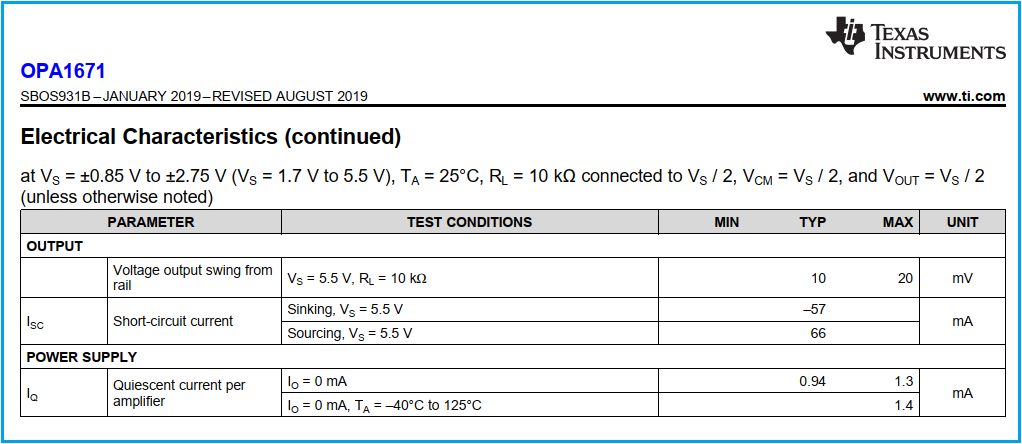Dear Team,
I am designing a circuit that will convert 500uV signal to 1.5V.
I am using two gain stages in this design.
May I know how to check the stability of this circuit. Please find the attached TINA_TI file.
My I/P is coming from a MEMS microphone after blocking the dc content.Please let me know my method is correct.
Always open to suggestions to improve the circuit.
Regards
Hari




